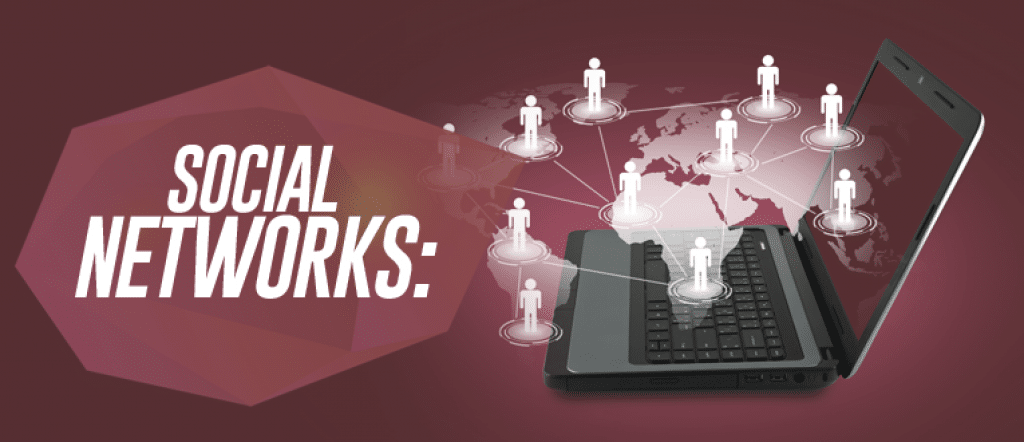Social Networks
Social networks have experienced massive surges in popularity since their creation.
Social Networks that seemed small and mediocre when they first began, such as Twitter and Facebook, now have millions of members worldwide.
With this popularity comes success for the site owners and convenience for its users.
However, there is a dark side to social media that is apparent by the increases in identity theft.
There are several aspects of identity theft that people should know about the next time they log online.
The Problem of Identity Theft
Identity thieves use different tactics to get their hands on people’s information.
The easiest and most popular method for them is to go online.
According to recent Bureau of Justice reports, more than 11 million people have been affected by identity thieves in both online and offline settings.
Many thieves are known to join popular websites, especially social media ones, to gain access to other people’s information.
Unauthorized Access
A common reason why identity thieves are so successful on social media sites is because they have unauthorized access.
This access is either given to them willingly or unwillingly.
The thieves may disguise themselves as employers or lenders and contact other users, asking for personal information like credit card numbers and bank account details.
Some join social media sites to hack into other people’s accounts, which is the main technique they use to gain unauthorized access.
Hackers use all kinds of sophisticated software and technologies, such as key loggers and malware that infect other computers.
They create viruses that are usually placed in downloaded files, which wreak havoc the moment they are opened.
Phishing is a common method that involves creating emails to appear legitimate and realistic when they are not.
Pharming is the redirecting of links from legitimate websites to illegitimate ones.
There are dozens of other techniques that thieves use to gain access without the owner’s permission.
Security is a top priority for anyone who uses computers.
Social media users are encouraged to install antivirus software and firewalls that must be updated regularly.
Ways of Prevention
As a form of prevention, the owners of social media sites encourage their users to use passwords.
Some sites require that users create complex passwords or change them every few months.
Many sites have guides and disclaimers that warn people about identity theft.
Many hackers and thieves are banned from returning to certain social media sites.
In some countries, they are prosecuted and punished with fines or imprisonment.
Consumers are allowed to complain to the right organizations.
The Consumer Sentinel Network (CSN) receives millions of complaints from people each year.
Victims end up contacting the local police or some national consumer justice organization.
Protection Is Needed on Social Media
Among the millions of users found on social networks, identity thieves are included as members or onlookers.
Some of them work out in the open, while others are hidden behind the keyboard.
Children, teenagers and senior citizens are at the highest risks of falling prey to these online predators.
There are several ways that people can detect identity thieves on social media and report them to the right authorities.
There are resources available to people and lawyers who need tips on dealing with online hackers and thieves.
References:
- Internet Social Networking Risks.” The Federal Bureau of Investigation. N.p., n.d. Web. 17
- Identity Theft and Data Security.” Federal Trade Commission. N.p., n.d. Web. 17 Feb. 2016.
- Identity Theft – Facts and Figures.” National Criminal Justice Reference Service. N.p., n.d.

